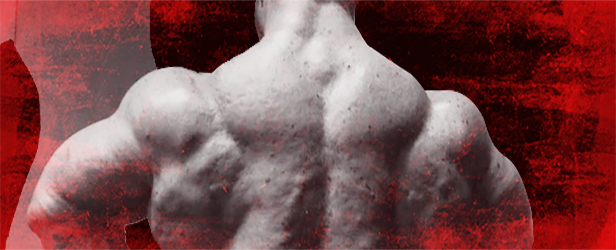
This article originally appeared at the DrYessis.com blog site.
Many articles extol the need for balancing the muscles. Much of this is warranted. The problem lies in how to do this and when it should be done. In some cases, it’s necessary to look at what actually constitutes an imbalance.
For example, many people recommend balancing the quads and hamstrings with a one-to-one ratio. However, this isn’t substantiated by kinesiologists who maintain that it’s necessary to look at the size of the muscle as well as its function (i.e. what actions does it perform).
A case in point is the recommendation to balance the shoulder muscles of swimmers by doing shoulder joint medial and lateral rotation. Doing these two exercises will balance the rotator cuff muscles of the shoulder but will do little to balance the major muscles that move the arm, such as the pectoralis major and the latissimus dorsi for the pull phase.
To balance these muscles, it’s necessary to do arm flexion. This is the opposite action that uses the antagonist muscles and shows that a true balance is formed between the opposing muscle groups. Just doing lateral and medial shoulder joint rotation won’t tax the muscles to the same extent as when the opposite action is performed.
There have been some very interesting research studies done showing that the best athletes usually have imbalances. The more symmetrical and harmoniously developed the athlete is the less he will be able to achieve the highest levels. This doesn’t mean that you shouldn’t work on muscle balance. You should do this work in the general preparatory period (GPP). In season, it’s usually wise not to do such work because it may take away from the work needed for the major muscles that are critical to success in the sport.
The bottom line is that we shouldn’t get carried away with trying to balance the muscles to a finite degree, especially when we don’t know exactly what balance is needed. In doing this, it’s necessary to examine exactly what the primary muscles do and then perform some exercises that are in direct opposition to these movements.
Dr. Michael Yessis is a professor emeritus in biomechanics and kinesiology and president of Sports Training Inc., a diversified company that does specialized work with athletes and develops specialized training equipment. Dr. Yessis is the foremost U.S. expert on Russian training methods. He has been to Russia multiple times, has worked with Russian coaches such as Yuri Verkhoshansky, and has translated and published Russian training articles in the Fitness and Sports Review International for over 29 years. He also wrote the number one article read in Muscle and Fitness (Kinesiology, Training Notebook) for over 25 years. Visit his website at www.dryessis.com.Elite Fitness Systems strives to be a recognized leader in the strength training industry by providing the highest quality strength training products and services while providing the highest level of customer service in the industry. For the best training equipment, information, and accessories, visit us at www.EliteFTS.com.








